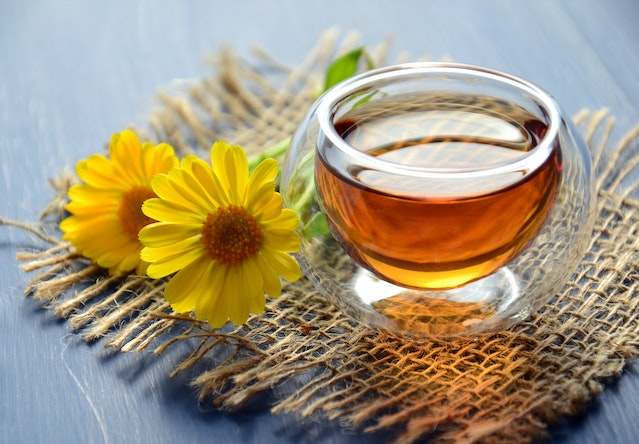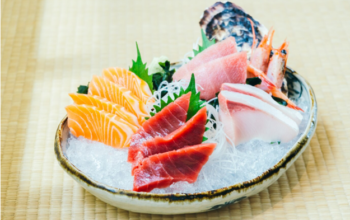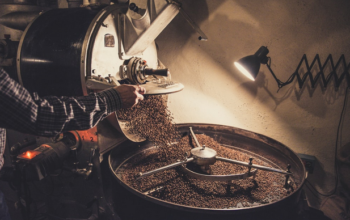Tea, an age-old and aromatic elixir cherished by generations in its cold brew tea and soothing hot tea forms, transports us on an enthralling journey from the cultivation of its leaves to that comforting sip in our cups. Here are the intricate steps of tea processing, unveiling the craftsmanship behind the transformation of freshly plucked tea leaves into a globally adored beverage.
Cultivating the precious leaves
The expedition begins amidst the lush tea plantations, where skilled tea pluckers meticulously hand-pick tender young leaves from the Camellia sinensis plant. This initial phase demands a keen eye, as only the uppermost leaves and unopened buds are chosen for their exceptional flavor. Regions’ lofty altitudes and specific climates are pivotal in shaping the distinct characteristics of various tea varieties, encompassing green, black, white, and oolong teas.
Withering
The tea leaves are gently laid out on expansive trays within well-ventilated withering chambers following plucking. This process, aptly termed withering, facilitates the release of excess moisture from the leaves, rendering them flexible and ready for further processing. The controlled temperature and humidity levels are meticulously maintained to ensure the leaves preserve their natural compounds, constituting the foundation for the diverse flavors in the tea world.
Rolling
The essential oils responsible for each tea variety’s distinctive aroma and flavor are unleashed during the rolling phase, where the leaves are gently twisted and molded. This stage also marks the beginning of the oxidation process, which is an essential component in producing the various tea types.
Oxidation
Oxidation, sometimes called fermentation, emerges as a pivotal juncture in the tea processing voyage. The degree of oxidation diverges among the various tea types, ranging from minimal oxidation in green tea to complete oxidation in black tea. This process births the intricate flavors and hues that set each tea type apart from its counterparts, bestowing upon them their individuality.
Firing or heating
The leaves undergo firing or heating to promptly halt the oxidation process and intensify the tea’s flavor profile. Precision is of the essence here, striking the delicate equilibrium between ceasing oxidation and preserving the tea’s inherent character.
Sorting and grading
Tea leaves are subjected to a meticulous process of sorting and grading based on their size, appearance, and overall quality. This classification system establishes the finished product’s quality and the uniformity in taste and appearance that each batch should have.
Blending
Blending encompasses the artistry of harmonizing teas from diverse batches to produce a consistent and harmonious flavor profile. Signature blends are held in very high regard by connoisseurs worldwide because master blenders use their years of experience to bring up these mouthwatering combinations.
Packaging
Adequate packaging assumes paramount importance in preserving the tea’s freshness and flavor. The delightful essence of the tea is protected from the elements, including moisture, light, and air, by hermetically sealed packaging. It ensures that the delightful essence of the tea is preserved until it graces your teapot.
Brewing the ideal cup
Factors such as water temperature, steeping duration, and even the choice of vessel wield influence over the ultimate flavor. Experimenting with these variables will make each cup of tea a one-of-a-kind experience for your senses, which is something that tea lovers can do to customize their drinking rituals.
The art of tea tasting
Tea tasting is an art that has been perfected by connoisseurs who can detect even the most minute differences in flavor, aroma, and appearance. As you try a variety of teas, you will find that one of the most enjoyable aspects is deciphering the complexities of the subtleties that make each sip a one-of-a-kind adventure.
Health benefits of tea
Tea transcends its role as a delightful beverage, boasting many health benefits. Abundant in antioxidants and other beneficial compounds, tea has been linked to improved cardiovascular health, reduced stress levels, and even weight management.
Sustainability in tea production
With the growing demand for tea, sustainability assumes a pivotal role. Many tea producers are now embracing eco-friendly practices, ensuring the enduring viability of tea cultivation while minimizing its ecological footprint.
Exploring tea types
The world of tea unfolds a rich tapestry of flavors to please every discerning palate, from mild white tea to robust black tea and fragrant oolong to vibrant green tea. Tea possesses the remarkable ability to unite people from diverse cultures. Whether through elaborate tea ceremonies in Japan or cozy afternoon teas in England, the tea culture transcends borders, fostering unity among communities worldwide.
Final words
The transformation of ordinary tea leaves into a variety of aromatic and flavorful drinks is a meticulous process that makes the journey from leaf to cup enchanting. The processes of picking leaves and putting them in packaging are both crucial to making the tea. So, the next time you savor your cup of tea, take a moment to cherish the intricate journey it has traversed before gracing your hands.
Related Posts












